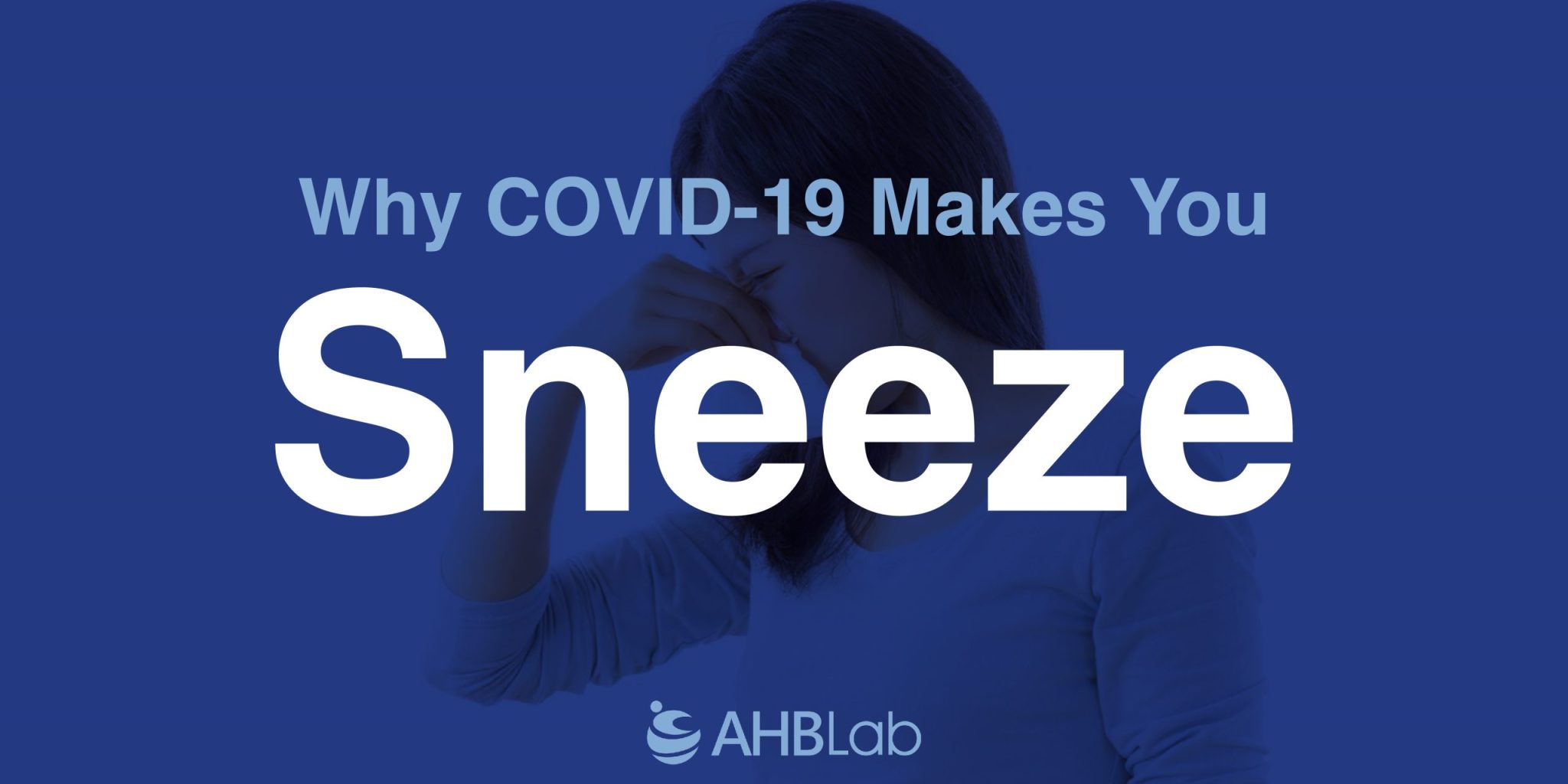SARS-CoV-2, the virus causing the global pandemic COVID-19, has presented a range of symptoms in those it infects, with one of the most common yet puzzling being the propensity to cause sneezing. A recent study has shed light on this phenomenon, uncovering how a specific protein in the virus triggers sneezing by stimulating neurons in the respiratory tract. This discovery not only enhances our understanding of COVID-19 but also opens new avenues for treatment and prevention. Let’s find out Why COVID-19 Makes You Sneeze!
The Sneezing Reflex: A Defense Mechanism
Sneezing is a natural defense mechanism of the body, designed to expel irritants from the nasal cavity. When foreign particles like dust, pollen, or pathogens enter the nose, they can irritate the sensitive mucous membranes inside. This irritation is detected by sensory neurons, which send signals to the brain to initiate the sneeze reflex, effectively expelling these particles from the body.
In the context of COVID-19, sneezing also plays a role in the transmission of the virus. A single sneeze can release thousands of droplets, each potentially laden with virus particles, into the air. These droplets can travel a considerable distance and linger in the air, increasing the risk of infecting others.
The Role of PLpro Protein in SARS-CoV-2 Induced Sneezing
The recent study spearheaded by neurophysiologist Diana Bautista and her team at the University of California, Berkeley, focused on a viral protein called PLpro, a part of SARS-CoV-2’s structure. PLpro belongs to a family of enzymes known as proteases, which are involved in breaking down proteins. Proteases from various sources, including plants, bacteria, and humans, are known to stimulate sensory neurons. The researchers hypothesized that the PLpro protein in SARS-CoV-2 could have a similar effect.
To test this hypothesis, the team conducted experiments involving mice. By introducing PLpro directly into the noses of these animals, they observed that it stimulated a subgroup of sensory neurons known as nociceptors. These neurons are typically associated with pain and itch sensations and are integral to the sneeze reflex.
Experiment Findings: A Direct Link Between PLpro and Sneezing
The experiment’s results were revealing. Mice exposed to PLpro began sneezing much more rapidly and frequently compared to those that received a control substance. This response was almost immediate, with sneezing occurring about 14 seconds after exposure to PLpro, compared to 30 seconds for the control. This significant increase in sneezing frequency directly linked the PLpro protein to the activation of the sneeze reflex.
Beyond COVID-19: Implications for Other Viruses
This groundbreaking research has implications that extend beyond COVID-19. The study suggests that similar proteins found in other viruses, including those causing common colds, might also trigger sneezing in a similar manner. This indicates a more universal mechanism wherein various viruses could actively induce sneezing, serving as a means to enhance their transmission.
Therapeutic Potential: Targeting PLpro
The identification of PLpro as a trigger for sneezing in COVID-19 presents a novel target for therapeutic intervention. Since PLpro is essential for the replication and infectivity of SARS-CoV-2, it has already been a focus of drug development efforts. The newfound understanding of its role in symptom expression, particularly in promoting sneezing and potentially virus transmission, suggests that inhibitors targeting PLpro could be effective in reducing both the spread of the virus and the severity of symptoms in infected individuals.
A Balanced Approach to Treatment
Despite the promise of targeting PLpro for treatment, researchers emphasize the need for a balanced approach. As neuroimmunologist Felipe Ribeiro points out, it is crucial to ensure that inhibiting these mechanisms does not negatively impact the body’s natural recovery processes. While reducing sneezing could potentially lower virus transmission, it is also important to consider the role of sneezing in expelling the virus from the body.
Conclusion
The discovery of how the PLpro protein in SARS-CoV-2 induces sneezing marks a significant advancement in our understanding of COVID-19. It highlights the intricate ways in which the virus interacts with the human body, beyond the traditional scope of viral replication and immune response. This research not only deepens our comprehension of COVID-19’s symptomatology but also offers promising new directions for developing treatments that could mitigate both the spread and the impact of this global health challenge. As we continue to navigate the complexities of this pandemic, each piece of knowledge we gain is a step towards more effective strategies to combat the virus and protect public health.
HealTide® by AHB Lab is a peptide-based compound designed to combat autoimmune diseases and inflammation. It inhibits TNF-alpha and IL-1beta cytokines, aiding in the treatment of conditions like rheumatoid arthritis and psoriatic arthritis. Additionally, HealTide® reduces fever and inflammation, protects and repairs mucosa, and serves as an alternative to COX-2 anti-inflammatory drugs and steroids, without their side effects. It’s particularly effective in reducing symptoms and improving quality of life in autoimmune disease sufferers. AHB Lab offers a free sample for firsthand experience of its benefits. For more information, visit our website.






